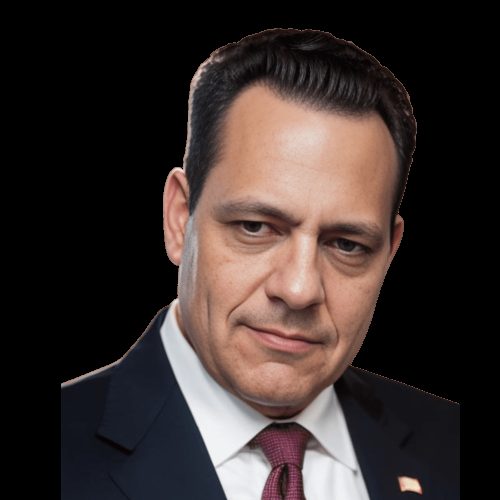Goodbye Ageism
In our last election, who would have thought we’d see two septuagenarians battling for the presidency? It wasn’t long ago that the Beatles’ hit “When I’m 64” revealed that 64 was considered old: “Will you still need me, will you still feed me when I’m 64?” That’s because a mere 40 years ago, we were old when we reached our 60’s!
We’ve come a long way. The President of the United States is 79 years old and will end his first presidential term as an octogenarian. Betty White died at 99 on December 31, 2021, a beloved household name across generations. The Netflix Series Frankie and Grace is a smash hit with Jane Fonda (84)and Lily Tomlin (83) as the stars. How did this happen? When was the glass ceiling of age shattered?
Thanks for reading The Right Side of 40! Subscribe for free to receive new posts and support my work.
Age stigma has been changing with each decade. Try Googling “Aging” and see what comes up. Roughly 20 years ago, I googled “old man,” and the images that appeared were almost all of Santa Claus. Around ten years ago, when I googled “aging,” all news article headlines highlighted frailty and vulnerability. Today, search results yield articles about healthy aging. Images of the 65+ set are of healthy, smiling men and women.
Fashion trends have also come a long way. Clothing was once a clear indicator of age, and the polyester stretch outfits in pastel colors are long gone for older women, traded in for clothes that any age can wear. My 96-year-old mother-in-law wears Yoga pants—the same kind I’ve seen teenagers wearing (and she looks great).
I haven’t seen men wearing Columbo-Esque trench coats, shorts, and knee socks with shoes and other past trendspast trends. This formal attire has been swapped out for the same athletic clothes that someone decades younger might wear.
We work much longer than we ever did, and although some are unhappy about this change, many people prefer to work for as many years as possible without worrying about mandatory Retirement. According to the ADEA (Age Discrimination in Employment Act), forced retirement based on age is illegal in most professions.
Roughly 25 years ago, the ADEA was amended to protect anyone over 40 from being forced into retirement. Not only is this good for those who want to continue working, but it is also suitable for the workforce. Older employees have crystallized intelligence, an accumulation of a lifetime of knowledge and skills that younger generations don’t have.
In 2005, the average age of incoming CEOs was 45, whereas in 2018, the average age leaped to 54 years of age (Executives in the U.S.: average age at hire 2018 | Statista, 2022). Similar trends in the C-suite happened with CFO’s, increasing from 44 – 49 years of age. The age of employees from the top all the way down has been trending older with each passing year.
So, where are we headed? We’re headed toward a more inclusive view of aging. A more fluid view of aging. Stigma is getting reduced with each decade, and with time, the value of Wisdom that comes with age will be explicitly valued and sought after. Experience will matter and age will be an asset.
References:
St., 2., 2022. The 14 Oldest CEOs in America (& How Much They Make). [online] The Atlantic. Available at: [Accessed 8 October 2022].
Statista. 2022. Executives in the U.S.: average age at hire 2018 | Statista. [online] Available at: [Accessed 10 October 2022].
Thanks for reading The Right Side of 40! Subscribe for free to receive new posts and support my work.
Originally Published on https://deborahheiserphd.substack.com/
























